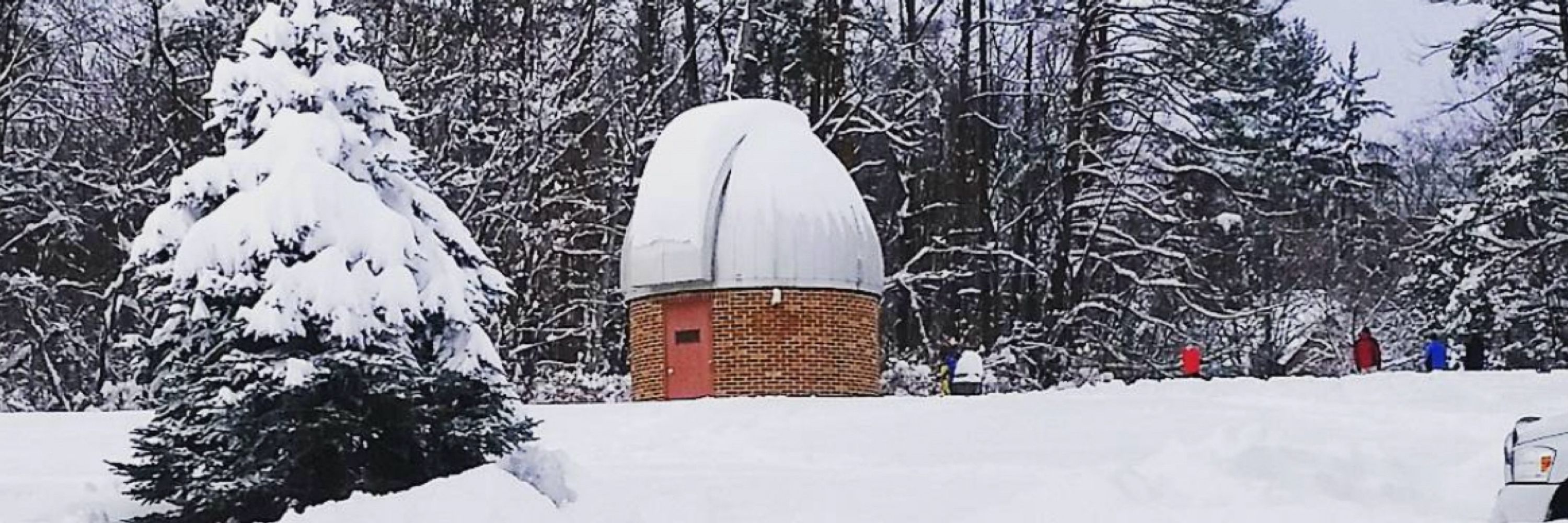Joey Schnaubelt
@jschnaubelt.bsky.social
680 followers
370 following
93 posts
Paleoclimate, climate modeling, atmospheric rivers, the Last Interglacial, ice sheets, grad student at UConn. He/him. 🏃🚴🧗
Posts
Media
Videos
Starter Packs
Reposted by Joey Schnaubelt
Reposted by Joey Schnaubelt
Reposted by Joey Schnaubelt
Reposted by Joey Schnaubelt
Reposted by Joey Schnaubelt
Reposted by Joey Schnaubelt
Reposted by Joey Schnaubelt
Reposted by Joey Schnaubelt
Reposted by Joey Schnaubelt
Reposted by Joey Schnaubelt
Reposted by Joey Schnaubelt
Ian Hall
@ianhall.bsky.social
· 21d

Southern Ocean CO2 outgassing and nutrient load reduced by a well-ventilated glacial North Pacific - Nature Communications
A better-ventilated North Pacific could have reduced the carbon of water upwelled in the Southern Ocean, reducing outgassing and revealing a remote influence on Southern Ocean biogeochemistry in glaci...
www.nature.com






















